22 May - 28 May
Section outline
-
EXPLORE / TŪHURA learning intentions:
- We are EXPLORING how places reflect past interactions of people with the environment
- We are EXPLORING causes and effects of events that have shaped the lives of a group of people;
- We are EXPLORING how and why people experience events in different ways.
Lesson 1
Starter
• Brainstorm as a class what students already know about the use of animals in World War One.
https://online.mhjc.school.nz/pluginfile.php/217038/course/section/492066/10C1%20Padlet.pdf
TO DO
1. Compile a list of all the different kinds of animals used by both sides in the war.
2. For each animal, make a list of all the different kinds of activities they performed.
3. Study sources 1 - 4 and comment on where the animals used in the war came from.
4. Use Resource sheet 4: Photos (5a, 5b and 5c) to report on how these animals were trained for their part in the war.
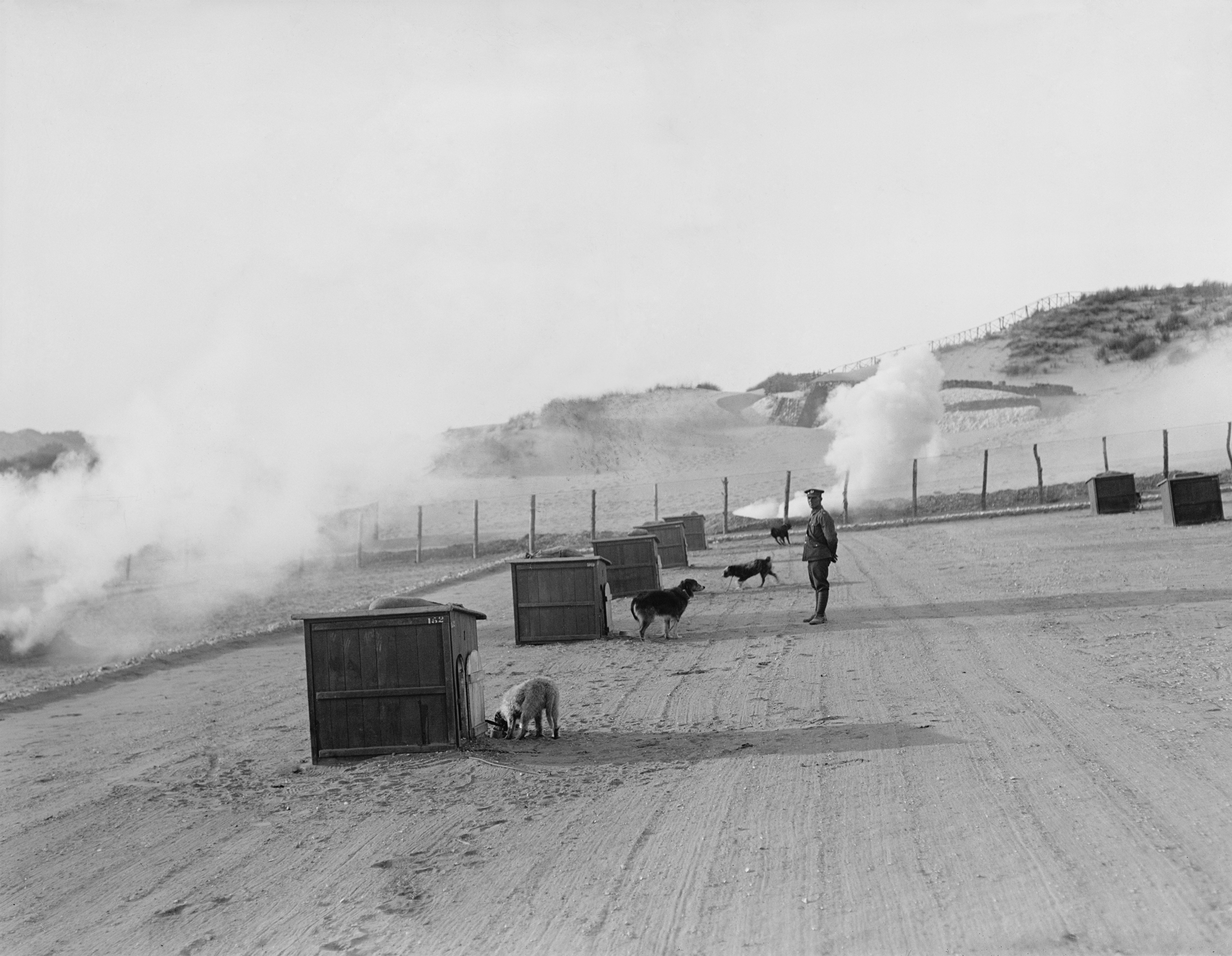
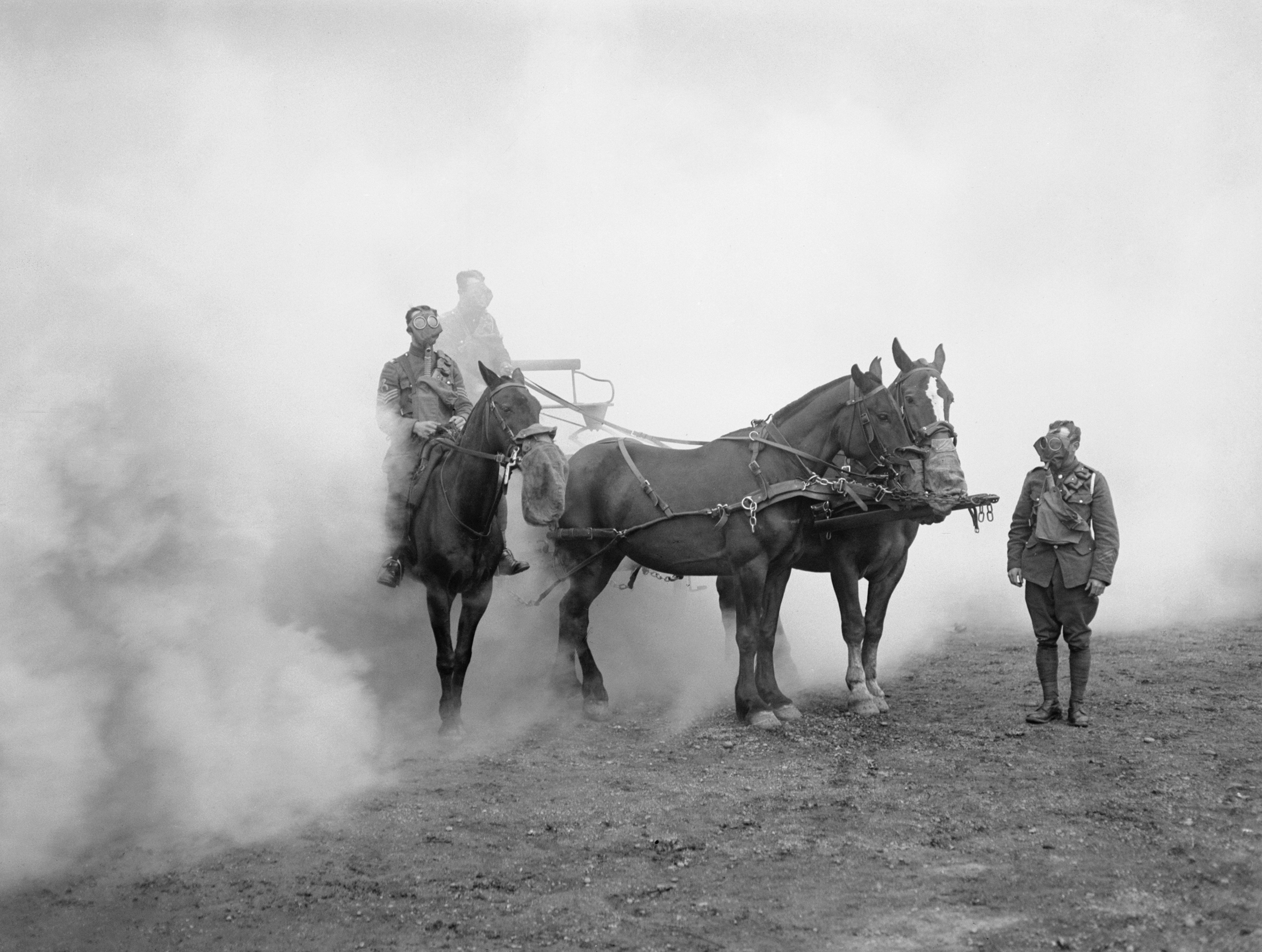
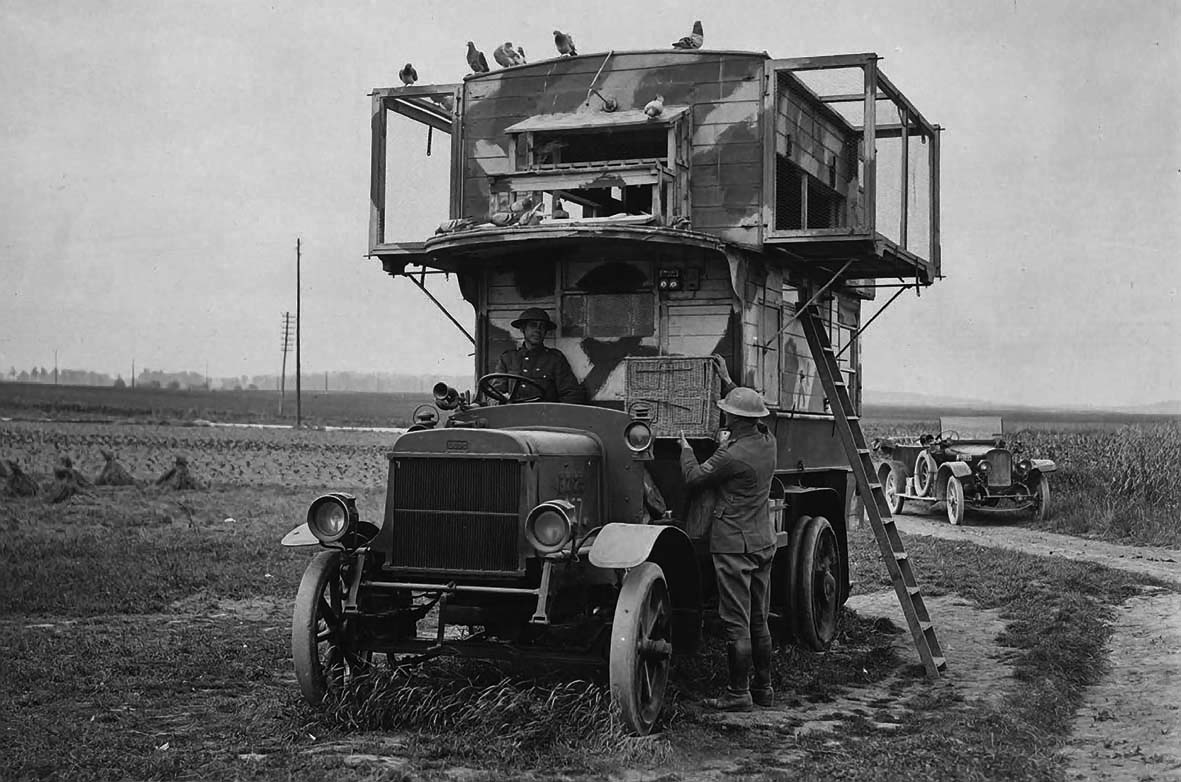
Lesson 2
Starter
Complete the image of the paw print and questions onto the whiteboard and invite students to come and write their responses on the board with their name/initials next to them.
• Question:
Which animal was most important to the armies? Why?
Main Event - Pub Quiz
1. Quiz
Teams of 4 - 6 and ask them to nominate a team captain and scribe and devise a team name, which must be written on their quiz paper (Resource 4).
You will be quizzed on the information from the factsheet(s) on animals in World War One.
2. Report (15 minutes)
• Ask students to use the factsheets to list the animals involved in the war in order of their importance to the armies and next to each give the reasons why.
Lesson 3
What was the war like for horses during WWI?
Starter (5 minutes)
• Display Alfred Munning’s painting ‘Charge of Flowerdew’s Squadron’ (Resource 2a), and/or Paul Nash’s painting ‘The Mule Track’ (Resource 2b), on the white board.
What the painting tells us about the use of horses during World War One.
How useful the painting is as a source of evidence.
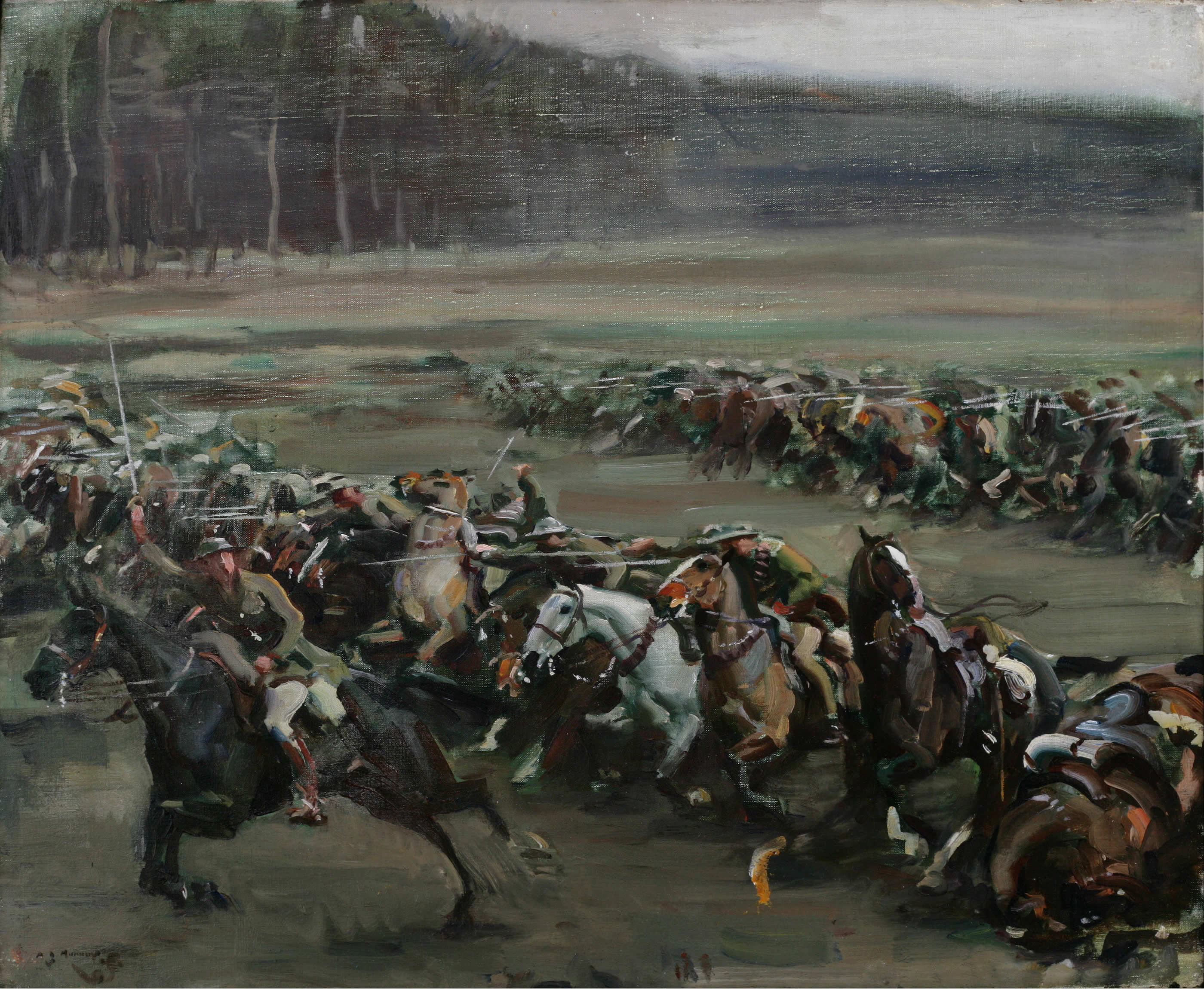
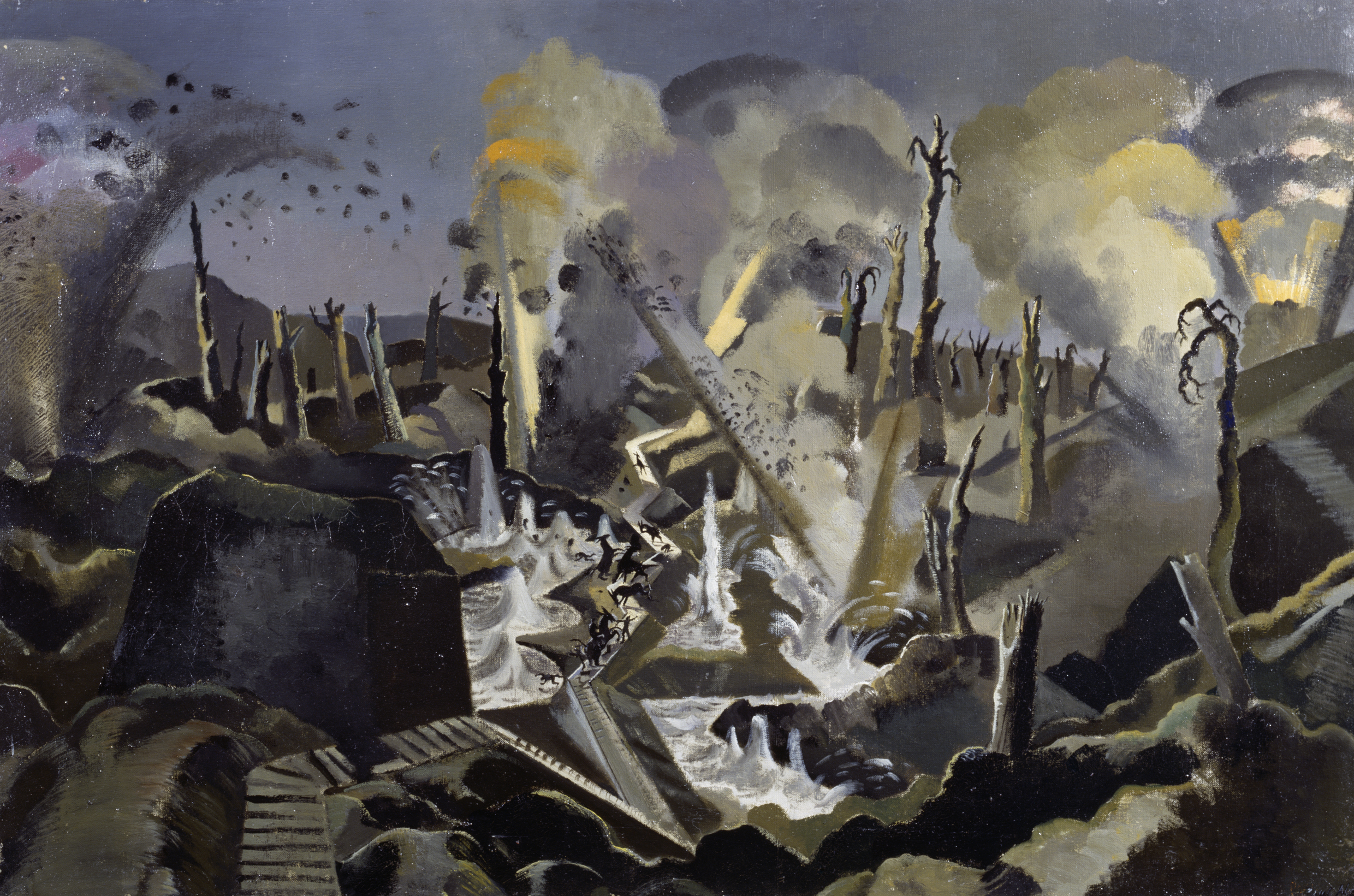
Main (50 minutes)
• Answer the question:
What was the war like for horses during World War One?
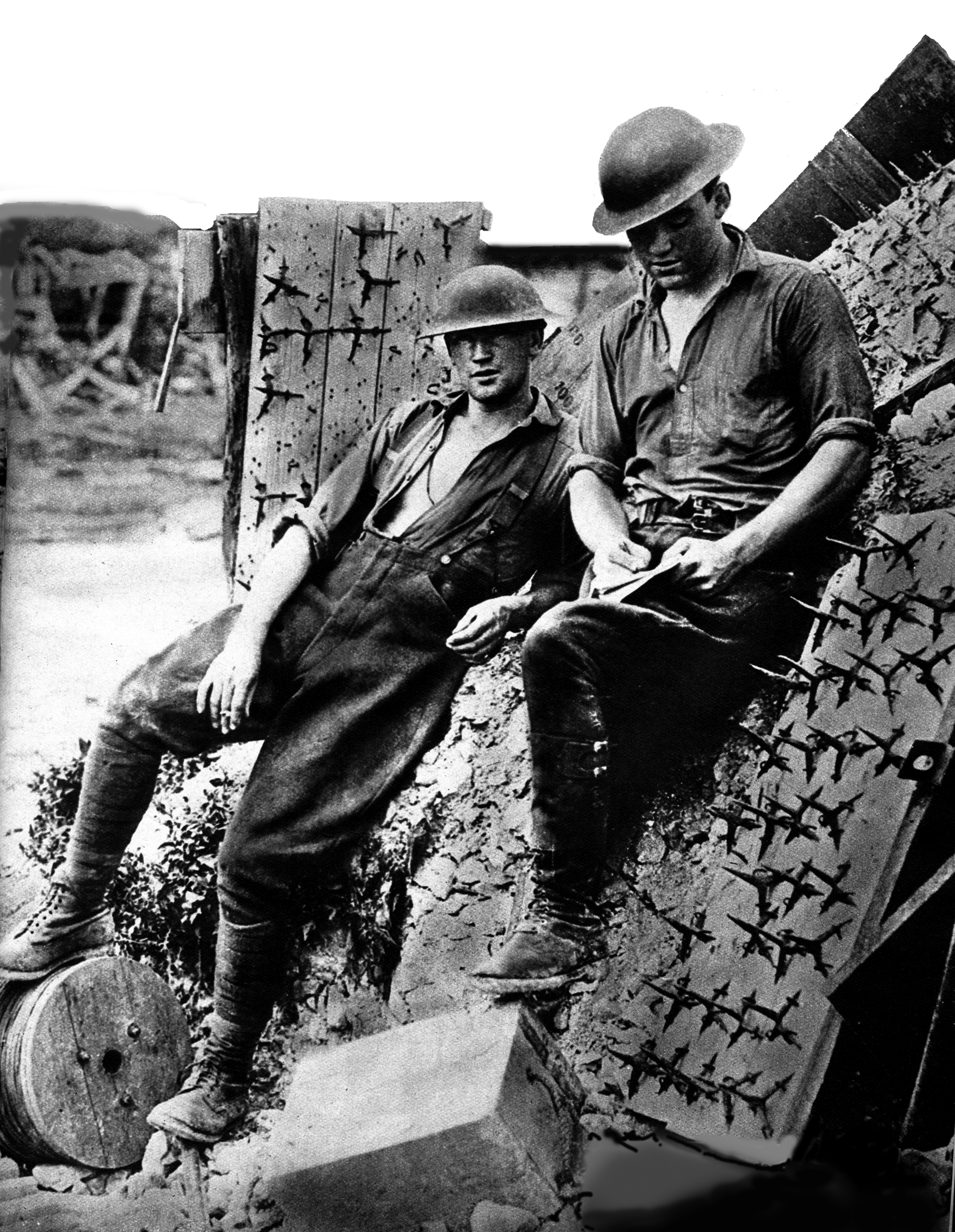
Source 2B
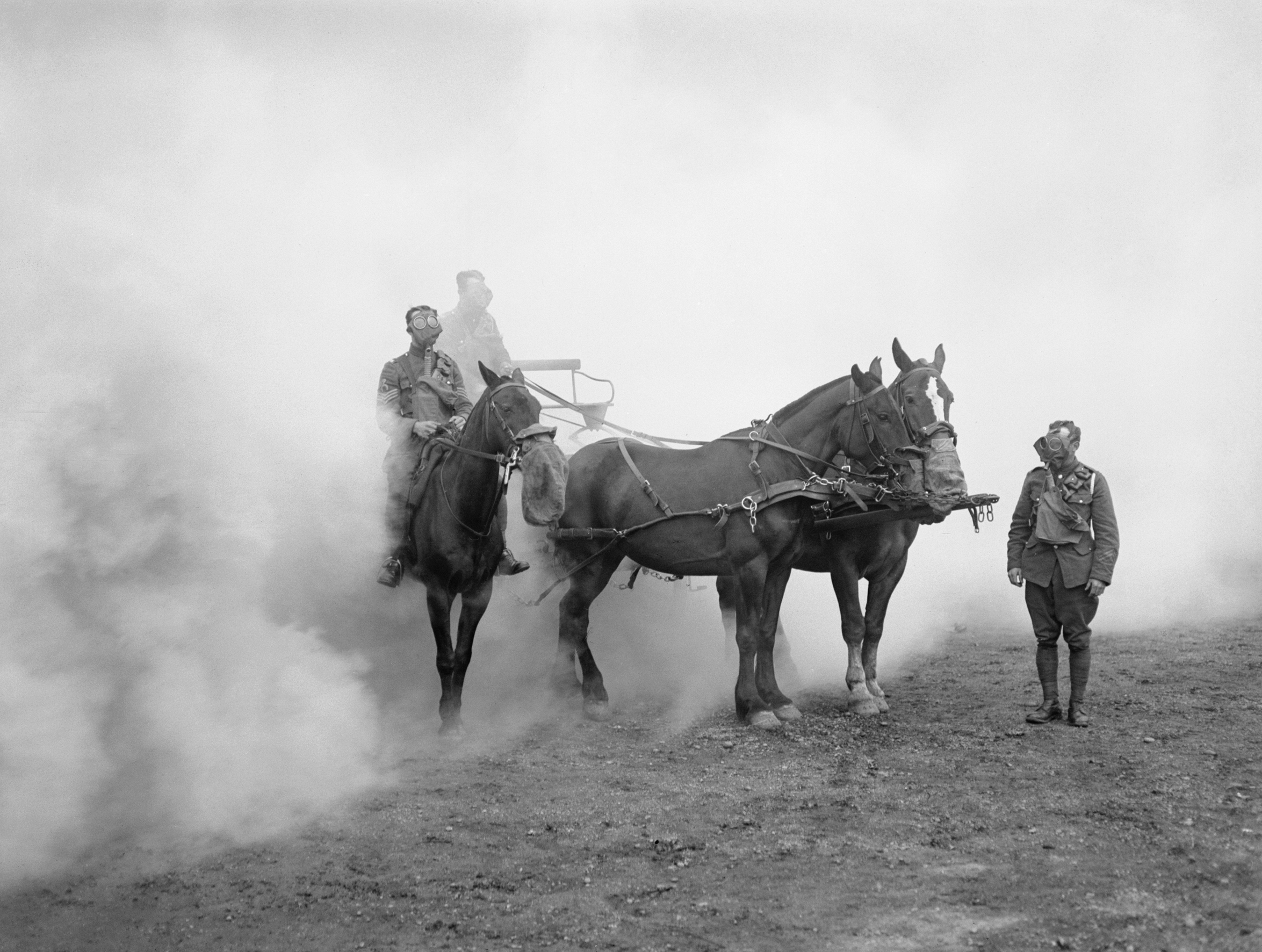
Source 2C
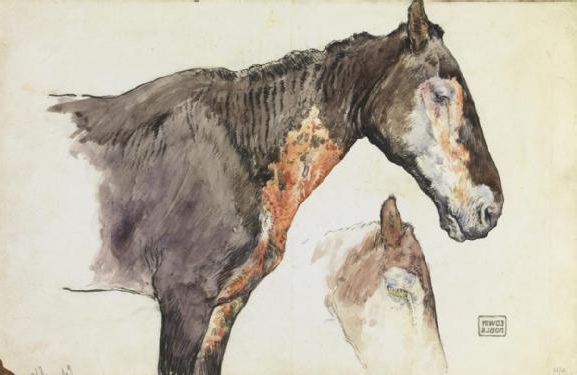
Source 2D

Source 2E
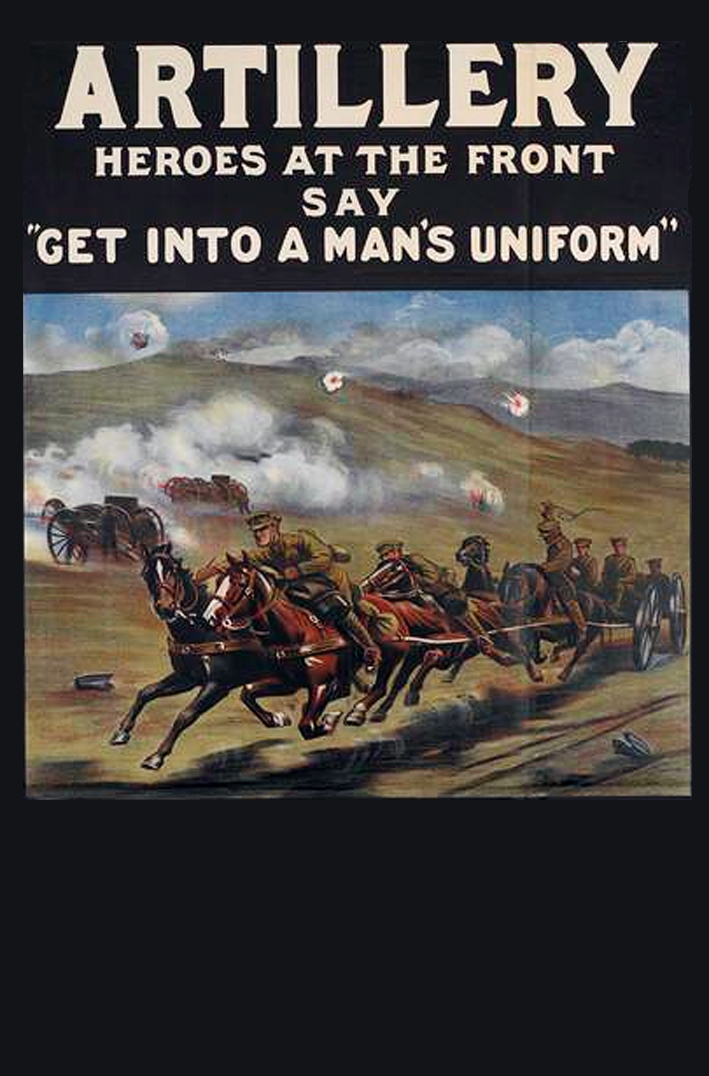
Source 2F
Sort them into primary and secondary sources; more reliable and less reliable sources; useful and less useful sources; or any other grouping that helps to answer the question. Decide which evidence they would give most weight to, and why.
• Do you have enough evidence to answer the question. What else might they need to know? Where might they find this? Do they have any information about other fronts, not just the Western Front in France and Belgium?
Write an argument with pros and cons on the treatments of horses in the war, use evidence in sources above and discuss the question.
